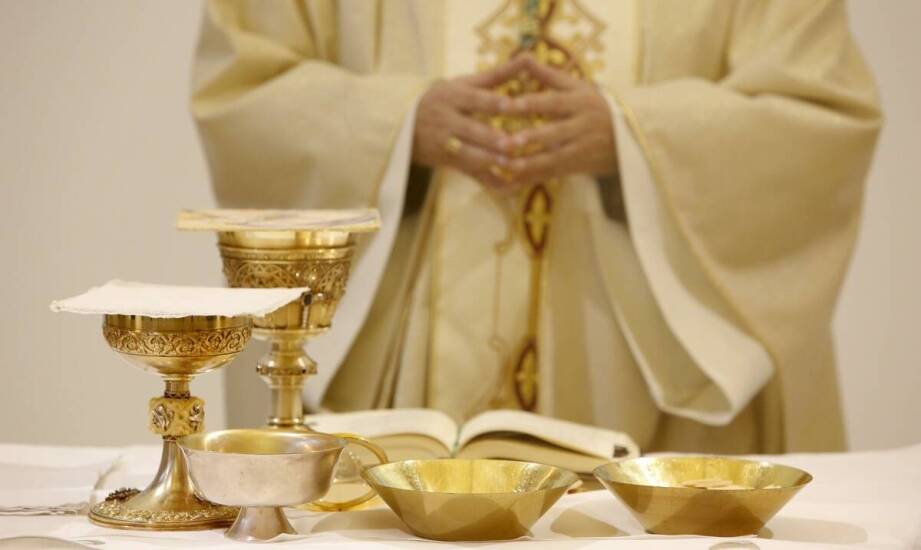Sponsored article
Cassock as an Element of Clergy Identity: Its Functions and Significance

The cassock is one of the most recognizable elements of clerical attire, emphasizing for centuries their distinctiveness and mission. It is not merely an attire but a sign of identity, a testimony of calling, and a form of visible presence of the Church in the public sphere. Its simplicity, uniform cut, and distinct symbolism make everyone who wears it immediately recognizable to the community of the faithful. That is why the cassock not only distinguishes the clergy from the laity but also embeds them in a tradition that has been shaped over centuries and continues to express fidelity, humility, and service.
Cassock as a Sign of Belonging to the Church Community
The cassock is one of the most recognizable elements of clerical attire, emphasizing for centuries their distinctiveness and mission. It originates from a long tradition, deriving from the characteristic tunic cut in Roman times, which gradually gained purely ecclesiastical status. Its unchanging longer form, reaching the ankles, testifies to the gravity and continuity of tradition, while the color and finish allow recognition of the cleric's hierarchical rank. Black symbolizes simplicity and renunciation, purple or scarlet point to bishops and cardinals, and white remains a sign for the Pope. Thus, the cassock is not just clothing but also a language of signs that visibly defines the identity of the priest wearing it.
Practical and Symbolic Functions of Clerical Attire
The cassock serves a dual role—on one hand, it is the everyday attire of a cleric, and on the other, it carries rich symbolism. Practically, it shields against weather conditions and provides a uniform, simple attire for daily wear, thus avoiding drawing attention to fashion or appearance. Spiritually and symbolically, it expresses readiness for a life of humility and service, becoming a visible sign of dedication to God and the Church. The cassock available at Ars Sacra is also a testimony to others – a cleric wearing it in public not only represents the community of the faithful but also serves as a reminder of the sacrum's presence in daily life, thereby fulfilling the evangelizing mission.
Cassock as an Element of Personal and Formative Identity
Wearing the cassock also holds psychological and formative significance. For seminarians, it marks a stage of learning responsibility and awareness of their calling, as the attire becomes part of their daily routine. For ordained priests, it remains a continuous reminder of their chosen life path, obligations to the faithful, and the discipline required by priestly service. The cassock itself does not make a priest but reinforces their identity and reminds them of their role as a spiritual guide. In this way, it becomes a sign of the ongoing presence of the Church, both in liturgy and in social life, linking the everyday with the realm of the sacred and giving priestly vocation a dimension visible to all.



